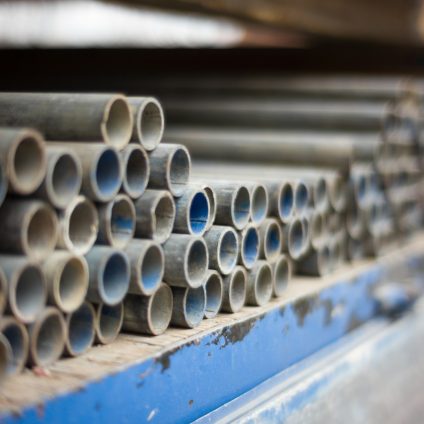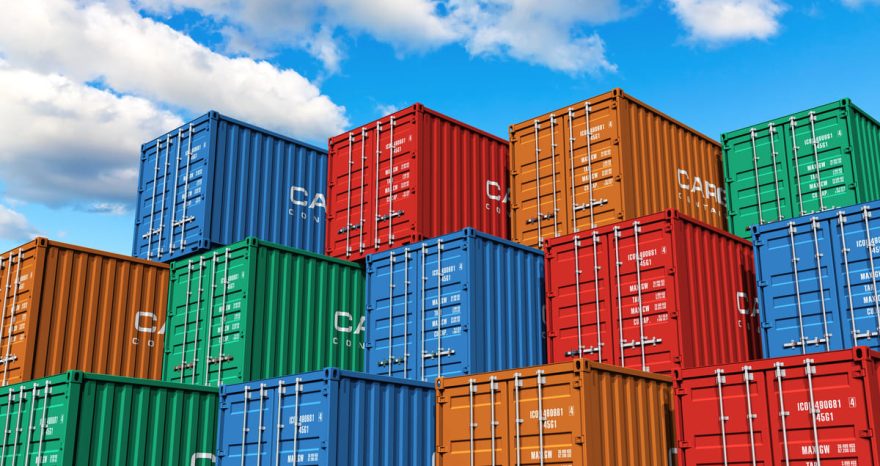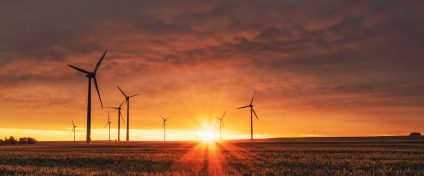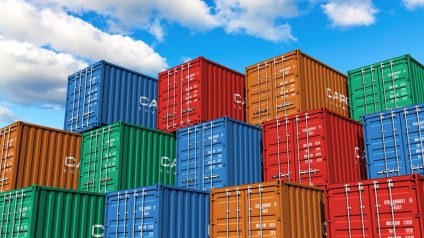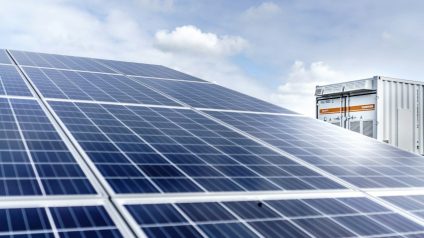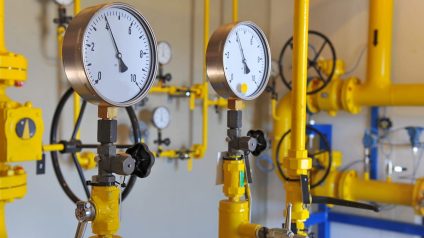The steel industry accounts for over 25% of the EU’s industrial emissions and 50% of its production capacity. A new report by 28 NGOs, including WWF Italy, CAN Europe, E3G, and EEB, highlights key priorities to accelerate the transition to green steel.
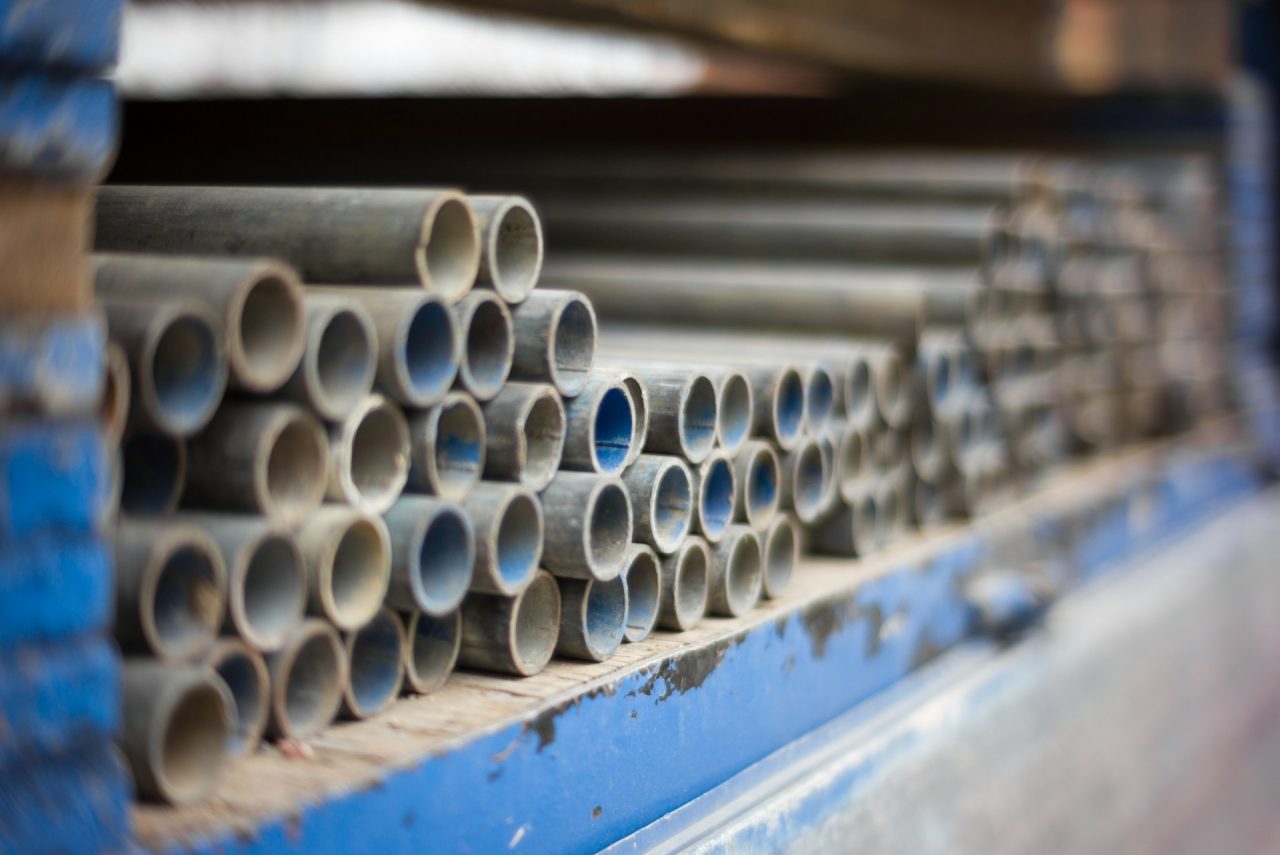
The path to decarbonizing steel in Europe requires phasing out the most polluting furnaces, implementing solid transition plans based on direct reduction, electric arc furnaces, and green hydrogen, and expanding renewable energy sources. These measures could significantly reduce the sector’s footprint, which currently accounts for 5% of the EU’s greenhouse gas emissions and over a quarter of its industrial emissions.
These findings come from The State of the European Steel Transition, a report published by 28 civil society organizations, including WWF Italy, CAN Europe, E3G, and EEB. The document presents a critical counterpoint to the European Commission’s recently released action plan for steel.
Priorities for decarbonizing steel in Europe
One of the key pillars of the steel sector’s transition is the gradual elimination of outdated technologies, according to the NGOs. This primarily refers to carbon-based blast furnace-basic oxygen furnace (BF-BOF) systems, which still account for more than 50% of Europe’s steel production.
Many of these plants are aging and will soon require major investments. This presents a crucial opportunity to pivot away from carbon-intensive models. The report urges European countries to refrain from approving or funding new BF-BOF plants and to halt public investments in the refurbishment of existing facilities.
A structured transition plan is also essential, both at the company level and within industrial districts and local areas. These plans must set clear decarbonization targets and strategies for implementing low-emission technologies, such as hydrogen-based direct reduction (H2-DRI) combined with electric arc furnaces (EAF), which are recognized as key to sustainable steel production.
Public support is another critical factor in accelerating steel decarbonization in Europe. The report notes that 33 nearly zero-emission steel projects have been announced across Europe, yet many are facing delays. Ensuring that publicly funded projects stay on schedule is a top priority, as they play a vital role in developing the first generation of green steel plants.
This acceleration must go hand in hand with a coordinated expansion of renewable energy capacity. Green steel production requires a substantial increase in renewable energy infrastructure and improved coordination of power grid decarbonization across EU member states.


